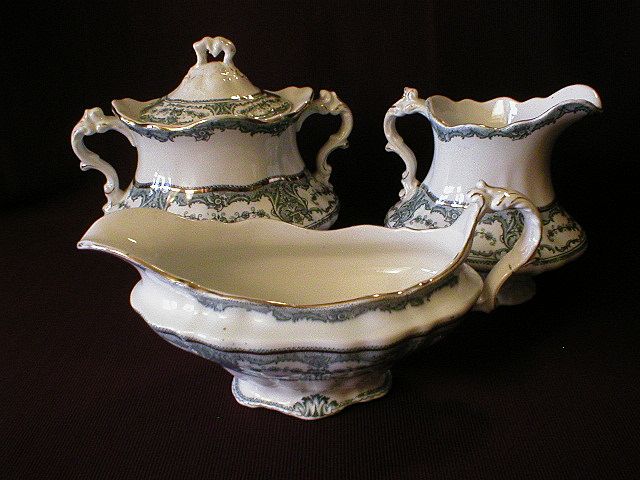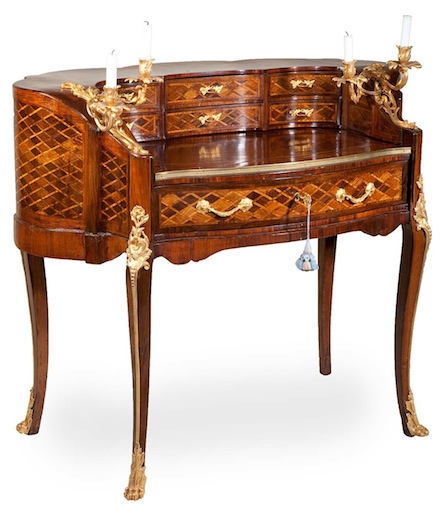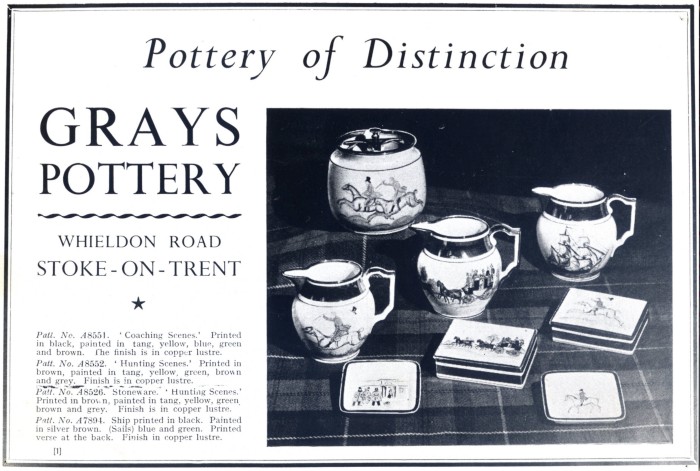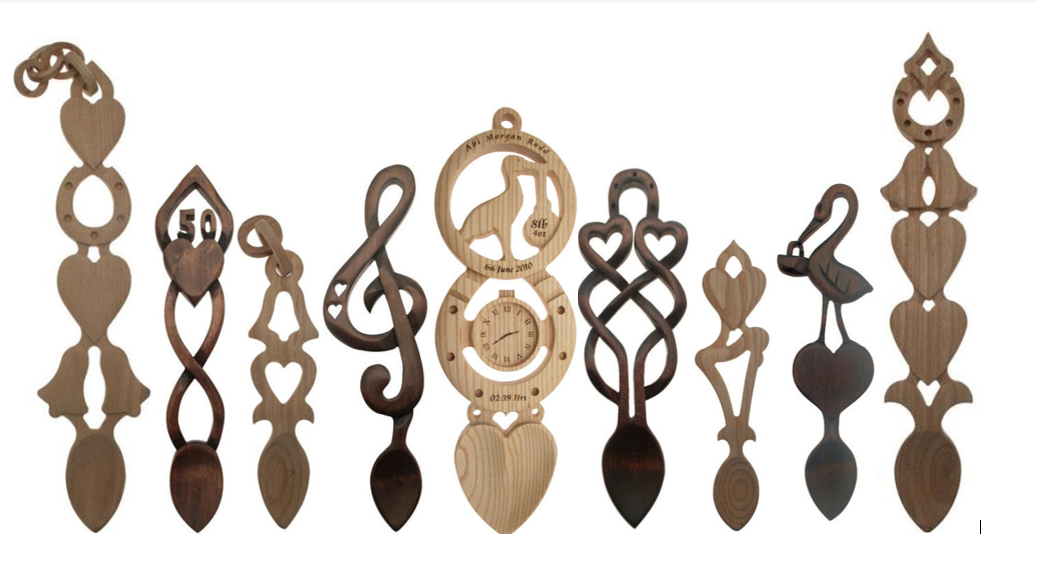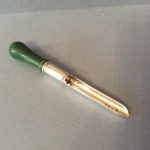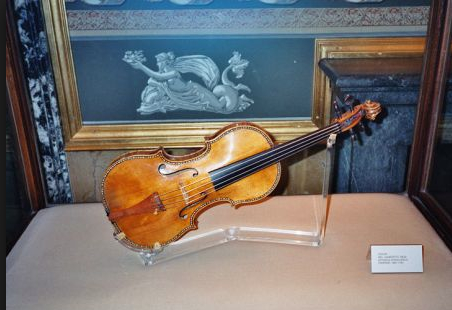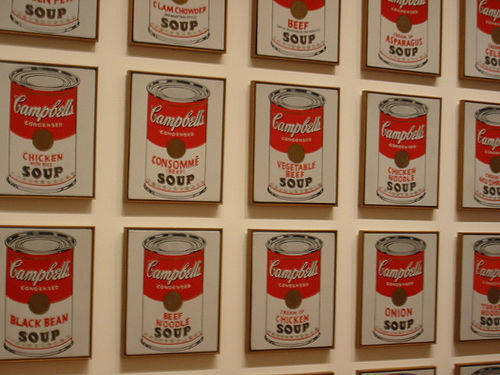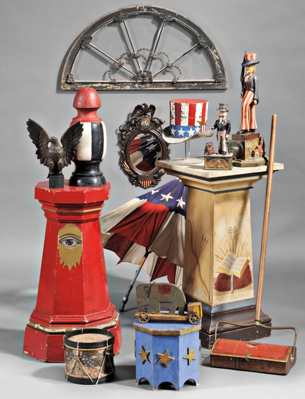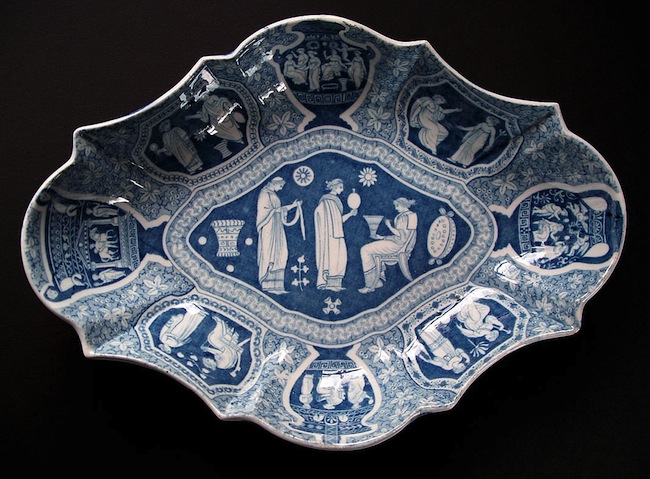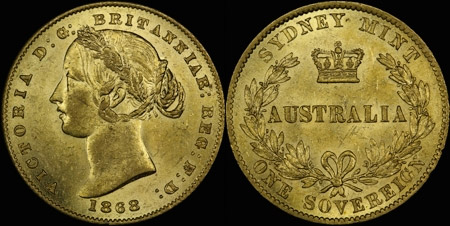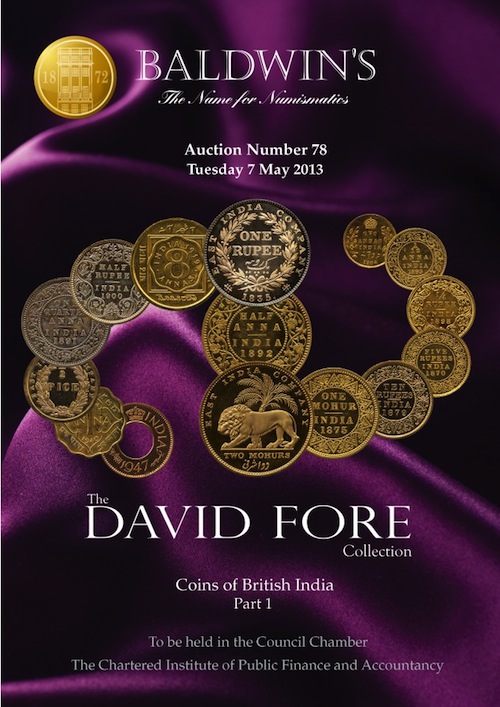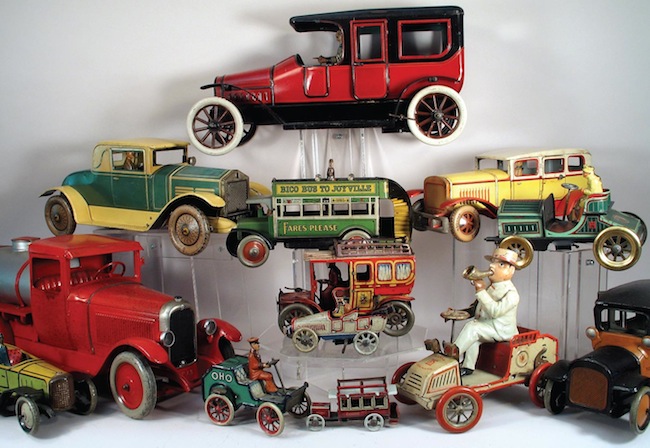Collecting vintage guitars is a rewarding pursuit, combining appreciation for musical history, artistry, and investment value. However, it demands knowledge, careful research, and attention to detail. The following guidance outlines key considerations for both novice and seasoned collectors:
1. Understand What Defines “Vintage”
Generally, a guitar is considered vintage if it is at least 30–40 years old, though certain makes and models—such as 1950s and 1960s Fenders and Gibsons—are particularly sought after. Rarity, brand reputation, and historical significance all contribute to a guitar’s desirability.
2. Prioritize Originality and Condition
- Original Parts: Guitars with all-original components (hardware, electronics, finish, and decals) command the highest values. Non-original parts, refinishing, or major repairs (such as replaced necks or bodies) can significantly diminish value.
- Finish: Original, unaltered finish is especially prized. A vintage guitar with its factory-applied lacquer, even with honest wear, is typically more valuable than one that has been refinished.
- Wear vs. Repair: Natural wear (“player’s wear”) is expected, but structural damage or poorly executed repairs should be considered carefully.
3. Check Provenance and Documentation
- Provenance: Documentation supporting a guitar’s history, especially ownership by notable musicians, increases both value and interest.
- Paperwork: Original case, tags, receipts, and certificates of authenticity can enhance value.
4. Assess Market Trends and Brands
Certain brands and models hold sustained demand:
- Fender: Early Stratocasters, Telecasters, and Jazzmasters (especially from the 1950s and 1960s).
- Gibson: Les Pauls, ES-series, and SGs from the 1950s and 1960s.
- Other notable makes: Rickenbacker, Gretsch, and Martin also produce collectible models.
Monitor auction results, dealer prices, and collector forums to understand current market values and trends.
5. Beware of Forgeries and Modifications
- The vintage guitar market has seen an increase in high-quality replicas and counterfeit instruments. Seek expert evaluation if you are uncertain about a guitar’s authenticity.
- Serial numbers, date codes, and other identifying features (e.g., pickup stickers, wiring techniques) should be consistent with the manufacturer and production era.
6. Buy from Reputable Sources
- Specialty vintage dealers and auction houses often provide guarantees of authenticity and condition.
- Private sales can offer better prices but involve more risk. If possible, have the instrument appraised by an independent expert before purchasing.
7. Playability and Investment
- Some collectors are musicians seeking “player’s grade” instruments—guitars that may be less pristine but still offer exceptional tone and feel.
- Others collect as an investment, focusing on rarity, originality, and pristine condition.
8. Care and Storage
- Vintage guitars require careful handling and appropriate storage: consistent humidity, moderate temperatures, and minimal exposure to light or moisture.
- Regular, professional maintenance helps preserve both playability and value.
9. Insurance
- High-value instruments should be insured for their appraised value under a specialized policy.
10. Network and Community
- Engage with other collectors through guitar shows, online forums, and collector clubs. Firsthand experience, advice, and community resources are invaluable for learning and sourcing trustworthy instruments.
With study, patience, and attention to detail, vintage guitar collecting can be both a passion and a sound investment, connecting you to the craftsmanship and musical history of past eras.


